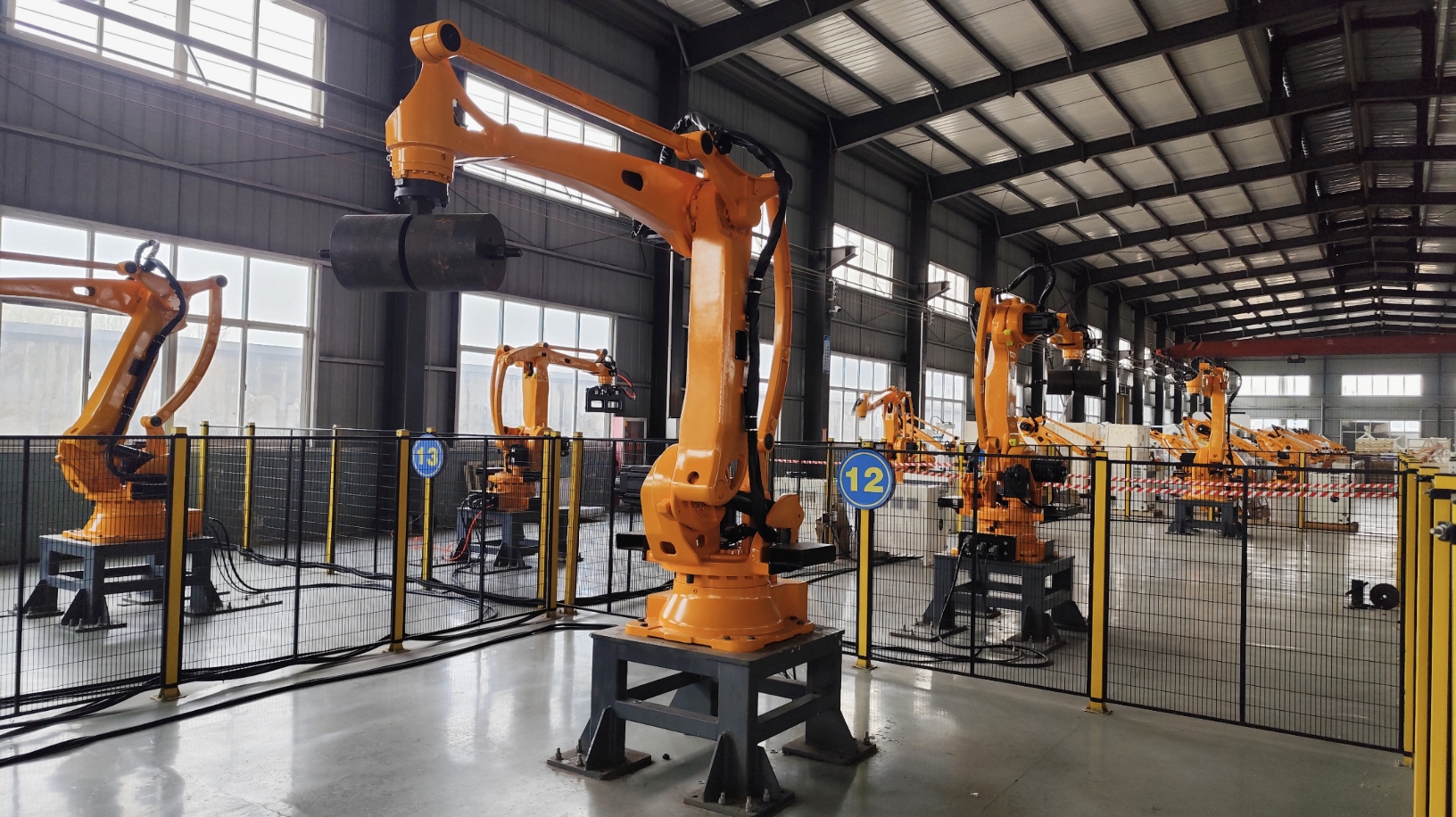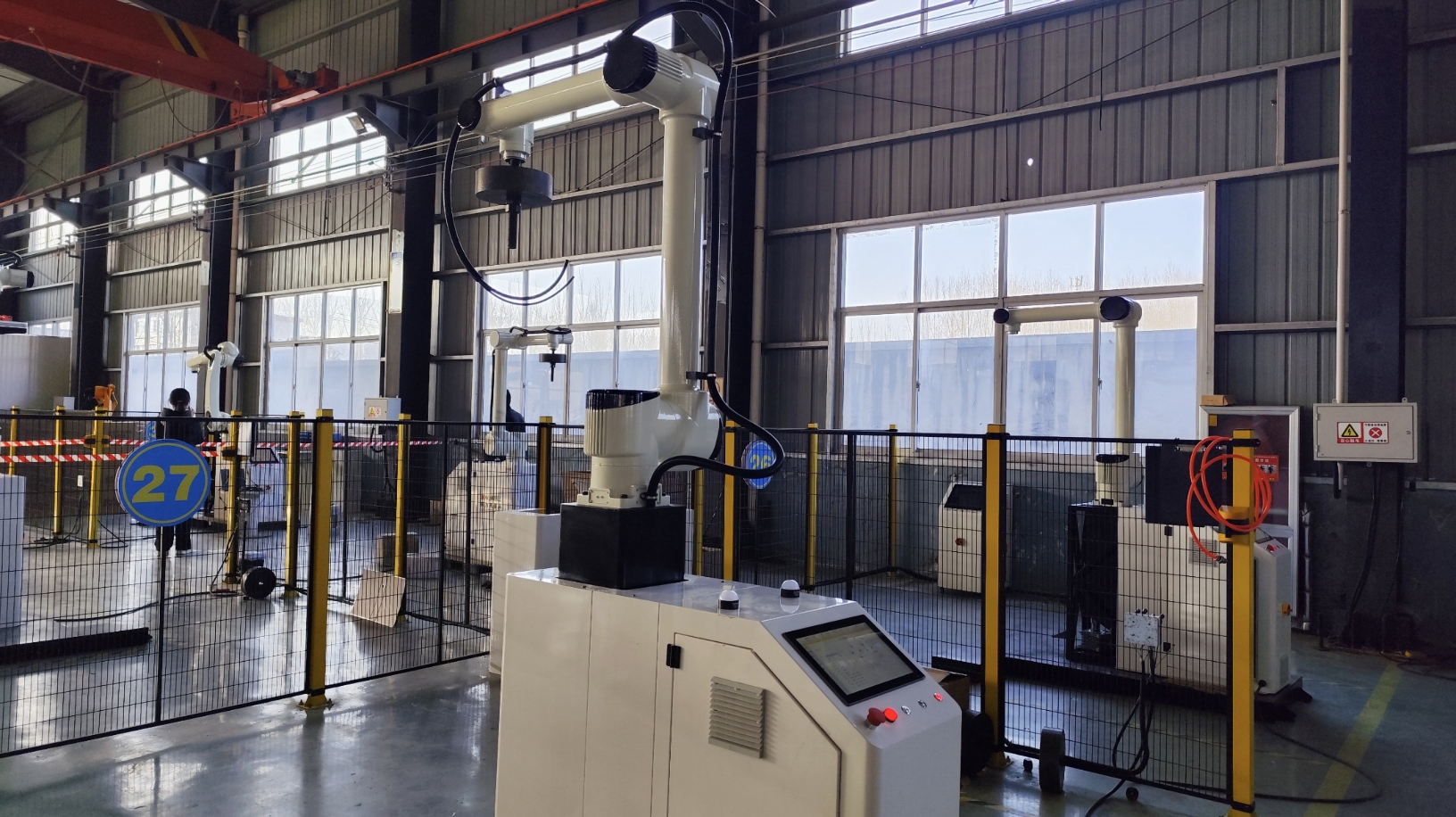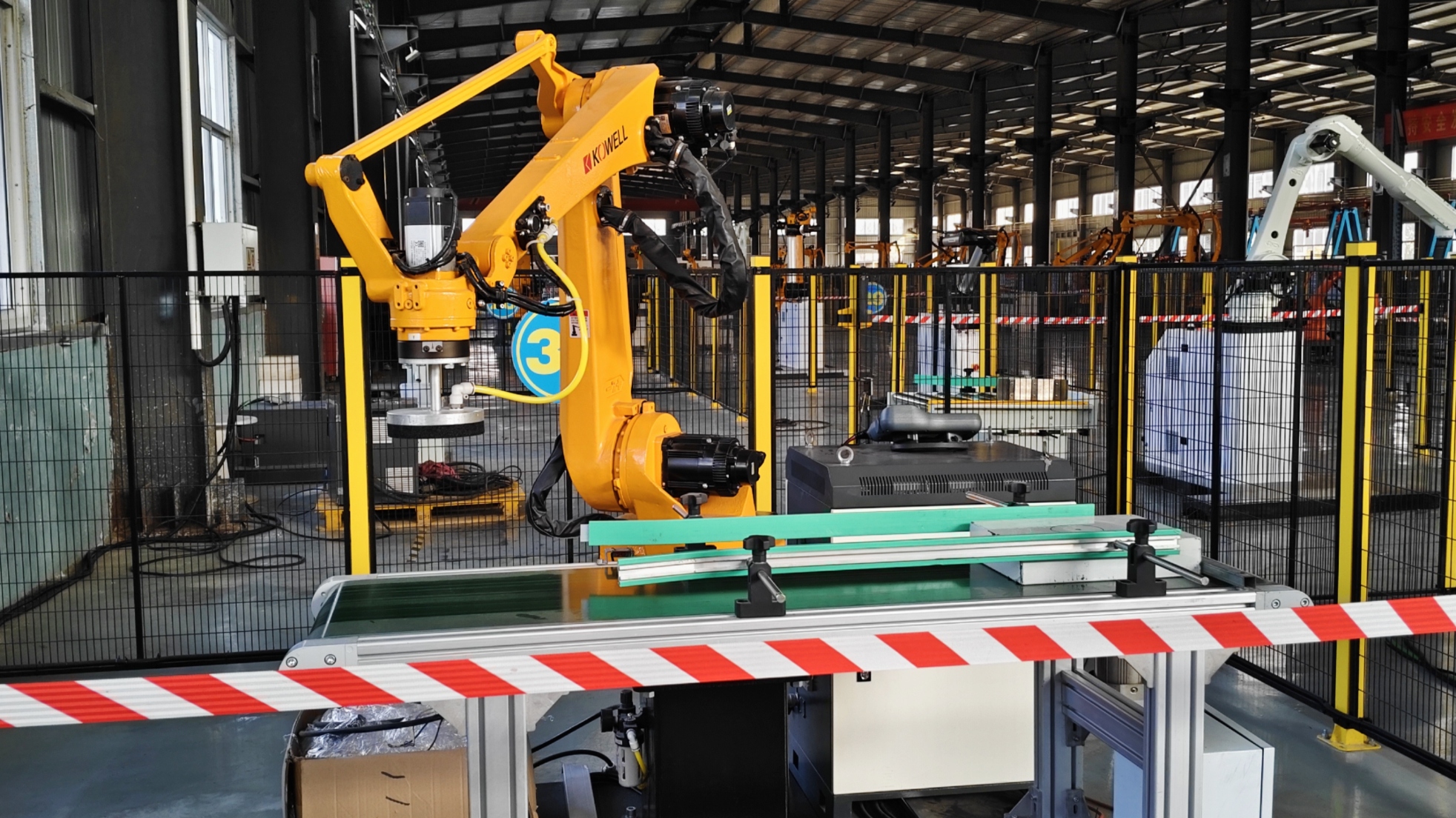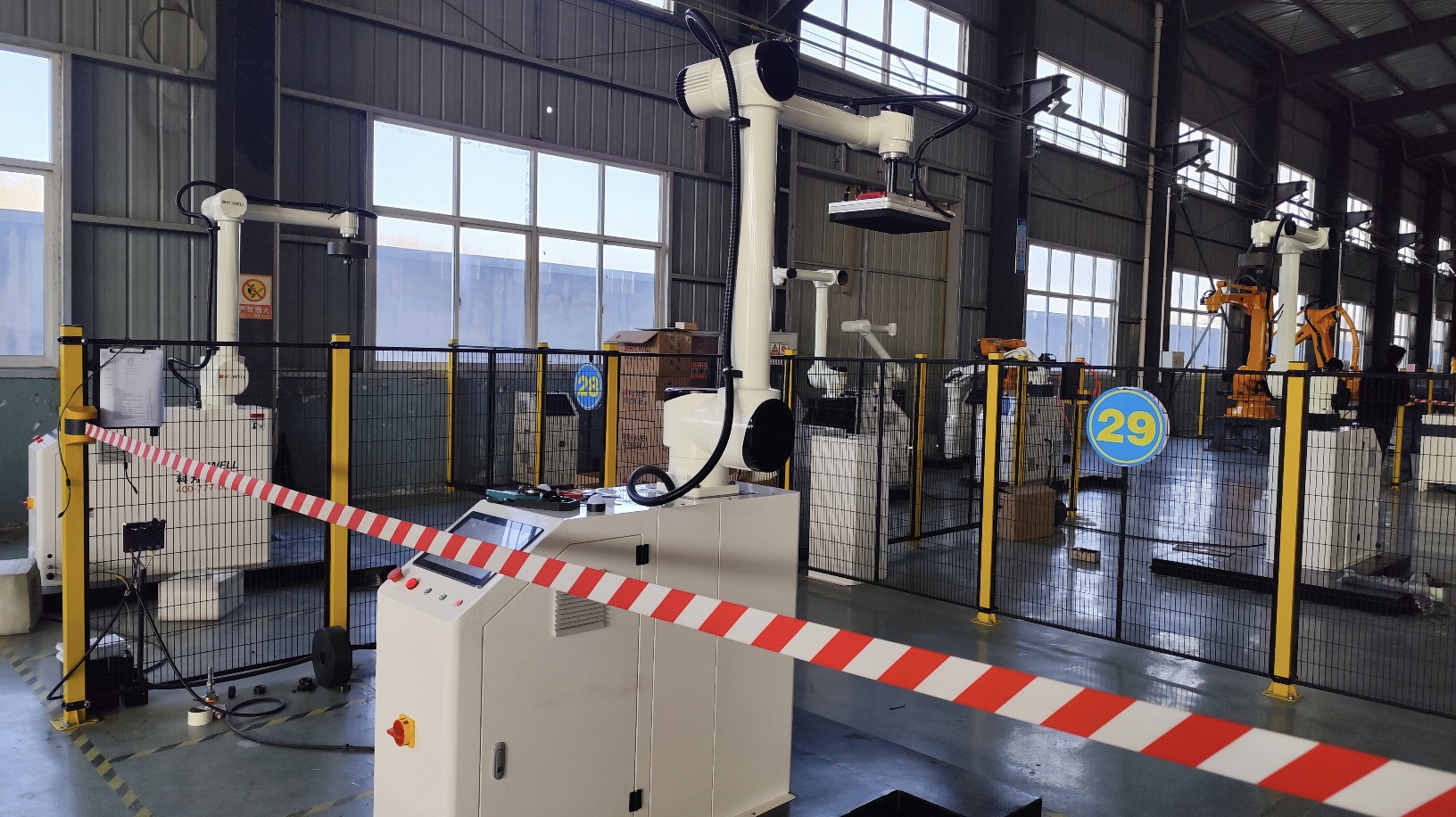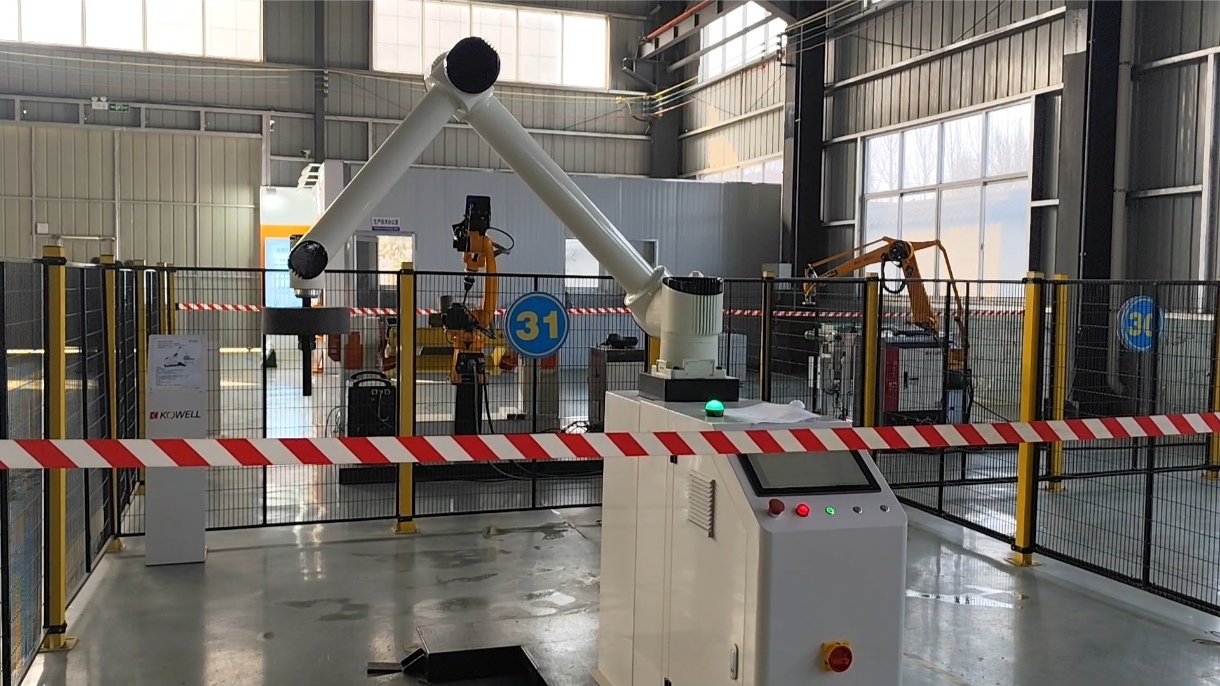As the global manufacturing industry moves towards the era of intelligence, industrial intelligent manufacturing is becoming the core force driving the transformation of production methods. However, as the wave of digitalization and automation sweeps across major industrial fields, the challenges faced by enterprises are becoming increasingly complex. Among them, how to achieve a balance between flexibility, efficiency and cost has become the key to whether industrial intelligent manufacturing can be implemented.
Flexibility: The ability to cope with changing demands
In the traditional manufacturing system, production lines are usually based on a stable large-scale production model, which is highly optimized for a single product. However, as market demand tends to be personalized and diversified, a single, rigid production model has become difficult to adapt to changes. Enterprises need to improve the flexibility of the manufacturing system in order to quickly respond to market demand.
The core of flexible manufacturing lies in "adaptability", that is, quickly switching between different products, batches and even process adjustments. Modular design, programmable control systems and data-driven production scheduling technology have become important means to improve flexibility. For example, through real-time data collection and analysis, intelligent production lines can quickly adjust parameters when orders change to ensure production stability.
But flexible manufacturing is not without cost. Highly variable production systems usually require more complex control logic, more accurate sensors, and stronger computing power, which not only increases hardware costs, but also places higher demands on software architecture. In addition, production personnel need to have higher skill levels to adapt to the rapidly changing production environment. Therefore, increased flexibility is often accompanied by higher investment.
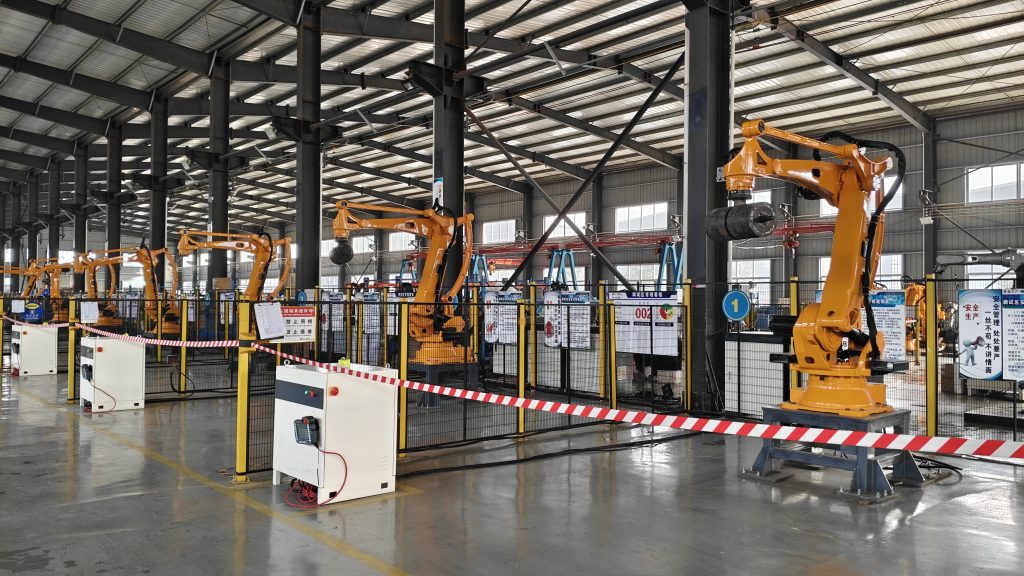
Efficiency: The core goal of industrial intelligent manufacturing
In the manufacturing field, efficiency is an important indicator to measure competitiveness. Industrial intelligent manufacturing has greatly improved production efficiency through automation technology, intelligent scheduling system and big data analysis. Efficient production not only means faster delivery speed, but also effectively reduces the manufacturing cost of each unit product.
Some uncertain factors will also cause some accidents. Over-optimization of the system may lead to a decrease in the adaptability of the entire system to emergencies. High automation means that once a failure occurs, the entire system will be paralyzed and may be under great economic pressure in a short period of time.
Cost: The trade-off between technology investment and economic benefits
Cost control is a core issue of concern to manufacturing companies. Although the development of industrial intelligent manufacturing can reduce the manufacturing cost of each unit product in the long run, the initial investment is large, including equipment upgrades, software development, employee training, etc. Therefore, how to achieve economic benefits in the post-investment cycle is a realistic issue that companies need to consider in the process of promoting industrial intelligent manufacturing.
Many companies choose the "gradual" automation upgrade method, and gradually replace some links with the help of automation equipment on the basis of the existing production line. This not only facilitates the normal operation of the entire production line, but also reduces the pressure of one-time capital investment.
Enterprises need to find a suitable balance between cost control and economic benefits. They should not simply pursue higher economic benefits while ignoring the risks brought by cost expenditures. Therefore, they need to formulate appropriate automation transformation strategies based on the company's own production characteristics, market demand and financial situation.
Balance of three: the key path of industrial intelligent manufacturing
It is not easy to find a better balance between flexibility, efficiency and cost. Enterprises need to combine their own development stage with market demand to formulate a practical industrial intelligent manufacturing transformation strategy.
Phase-by-phase advancement: From part to whole, avoid one-time large-scale rectification that leads to long-term shutdown of the production line, which not only causes financial losses but also may affect key orders. Therefore, when enterprises carry out automation transformation and upgrading, they should promote it in stages based on current orders and market demand.
Human-machine collaborative optimization: The promotion of industrial intelligent manufacturing does not mean the complete replacement of traditional labor. Through reasonable division of labor between man and machine, humans and machines work together to improve production efficiency while reducing dependence on traditional labor.
Ecological collaboration: Enterprises can form a collaborative network with supply chains, partners and software developers to share data and optimize resource allocation to reduce overall operating costs.
Conclusion
The development direction of industrial intelligent manufacturing has been clear, but in practice, enterprises need to face the triple challenges of flexibility, efficiency and cost. How to find a suitable balance between these three not only tests technical strength, but also tests the strategic vision and execution ability of enterprises. In the future, with the advancement of technology and the maturity of application models, industrial intelligent manufacturing will gradually find a more optimized development path and realize an efficient, flexible and sustainable production model.
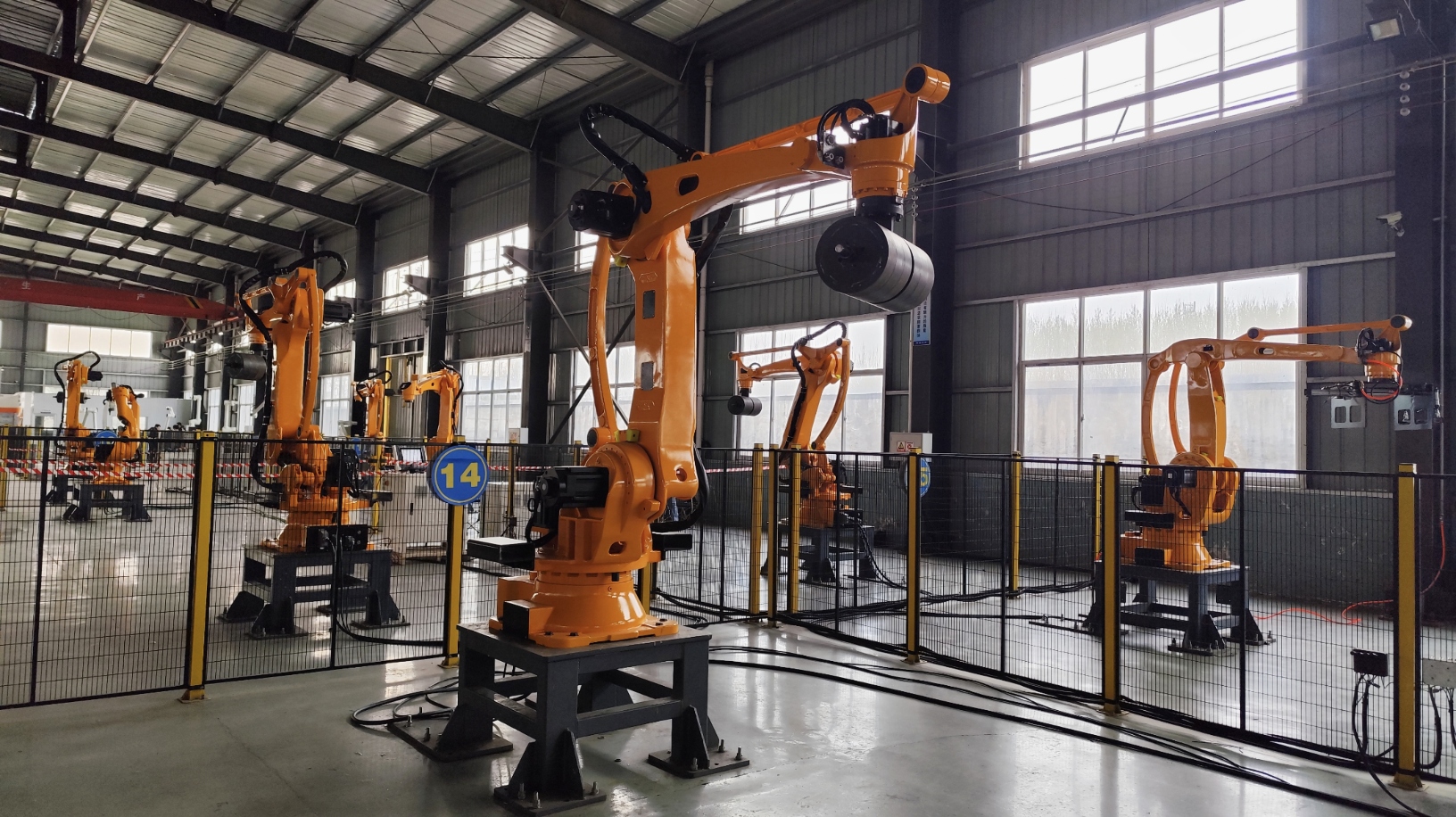
Online Consultation
Hello, the current customer service is offline. You can leave your contact information and the staff will respond to you as soon as possible!


